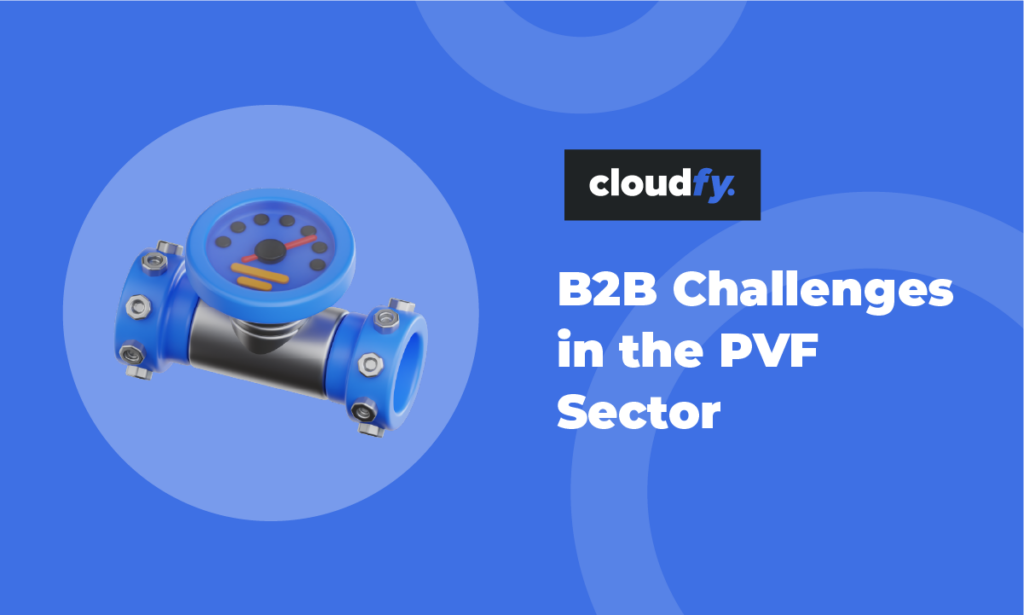You need an ERP system for your wholesale business—but how do you find the right one?
Finding the best enterprise resource planning (ERP) system for your wholesale business as it becomes more complex will be an important part of your growth strategy.
Effectively managing tight margins across finances, sales, inventory and distribution can make the difference between success and failure. Even small variations and inefficiencies can be important, so you need to base your business decisions on the most accurate information.
Working with near real-time information makes it easier to identify opportunities for increasing revenue and profitability. You can streamline your processes and reduce bottlenecks. Your operations can be transformed when you have reliable information about your customers, resources, and processes.
How to find the best ERP system
Many small wholesale businesses start out with manual processes, moving on to individual systems to handle separate parts of the operation as volumes increase. In time, these silos of information limit scope for growth. Customer experiences will be affected because you have an incomplete picture.
Eventually, these legacy systems won’t meet your operational needs. An ERP system will provide a core solution to streamline your whole business. There are a number of key management functions to look for:
Sales orders: You can automate order processing when you have a single view of customer data from your ecommerce site, digital point of sale (POS) tools and offline sales channels. You will be able to handle pricing, inquiries, order processing, shipment, returns and reporting.
Financial: You will want a complete financial view of your business in one place. Most ERP systems offer accounting functions such as invoicing, bills payable and reporting. Also look for financial planning tools such as forecasting, management tools for debts, assets and tax liabilities, and calculators for costs and multi-currency transactions. You might also want to include HR management and payroll.
Warehouse: You can streamline your warehouse operation and have a clearer view of your inventory with order processing and fulfillment tools. With the right system you can automate storage, picking, packing and shipping. You can optimize your use of space and speed up your processes.
Customer relationships: When you can keep track of your customer accounts, contact details and account references in a single system you will minimize ordering errors. You will have a clearer view of customer behavior from initial inquiries or requests for quotes through to uptake on promotions. You can create a complete end-to-end B2B portal.
Inventory: Real-time stock information means you can prevent orders being placed for out-of-stock items. As you build a clear picture of demand, you will be able to manage your inventory, predict trends more accurately and manage your stocking costs more efficiently.
Procurement: You can use your ERP system to manage supplier orders and drop shipments and to schedule regular purchases. You can improve your performance with tools to manage your vendors, bids and procurement planning.
Synchronization: Synchronizing real-time information via your ERP and ecommerce systems allows you to make significant improvements to customer experiences on your online self-service portal. Product information and pricing will be up-to-date and you can manage price breaks and bundles based on customer data and buying histories. You will also have a complete view of delivery and return data.
Finding the right ERP supplier
Your business is unique, so it will be important to analyze your requirements, meaning you will be ready to ask potential suppliers the right questions.
There are a lot of options available so you will need to be clear about your future plans for growth, as well as your timescale and budget.
You will need to decide whether any of your existing business systems are so wedded to your specific needs that they must be retained. If this is the case, you will want to know that the ERP system you choose can support seamless integration with your existing systems.
If the cost of integration is prohibitive, you might need to redefine your business processes. The key question is which option will add the most value to your business.
Another important consideration will be the amount of training needed to realize the promised benefits. You might need to invest in new in-house skills to achieve your goals.
You might want to work with ERP providers or consultants to review your end-to-end business processes and specify the best option. Your front-line team can make a valuable contribution at this stage, helping to define current issues and to identify improved outcomes.
- analyze your requirements
- Clarify your future growth
- Establish your timescale and budget
- Know your system requirements for ERP integration
- Assess training needs
- Work with the experts
“Work with experts”…that’s where we come in
Cloudfy has been designed to meet the needs of B2B ecommerce from the beginning. Integration with major business, accounting and ERP systems is available out of the box, making it a fast and effective option to deliver a full end-to-end experience for your customers. We also work with many third party providers so we can craft custom extensions to meet industry-specific needs.
We understand that each business has unique requirements: our powerful application programming interface (API) means you can easily create innovative customizations to meet your needs.
Our integration experts will be happy to discuss your ERP requirements, so contact us today.






